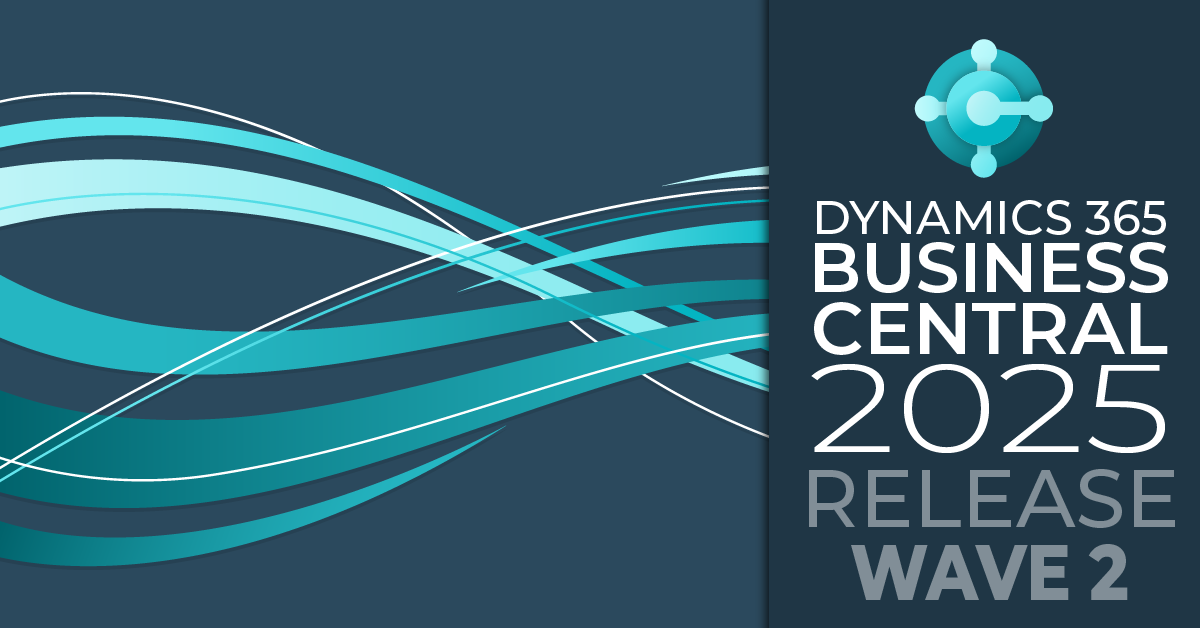
16 Oct 2025
Dynamics 365 Business Central 2025 - Release Wave 2
This release wave plan of Dynamics 365 Business Central outlines all new functionalities scheduled
Stay in the loop with the latest Dynamics NAV & Dynamics 365 Business Central technical developments, tips and tricks, events and even the occasional snippet of industry gossip!

Sign up to our newsletter to keep up to date with our latest news and events.
SIGN UP© Copyright The NAV | 365 People 2025